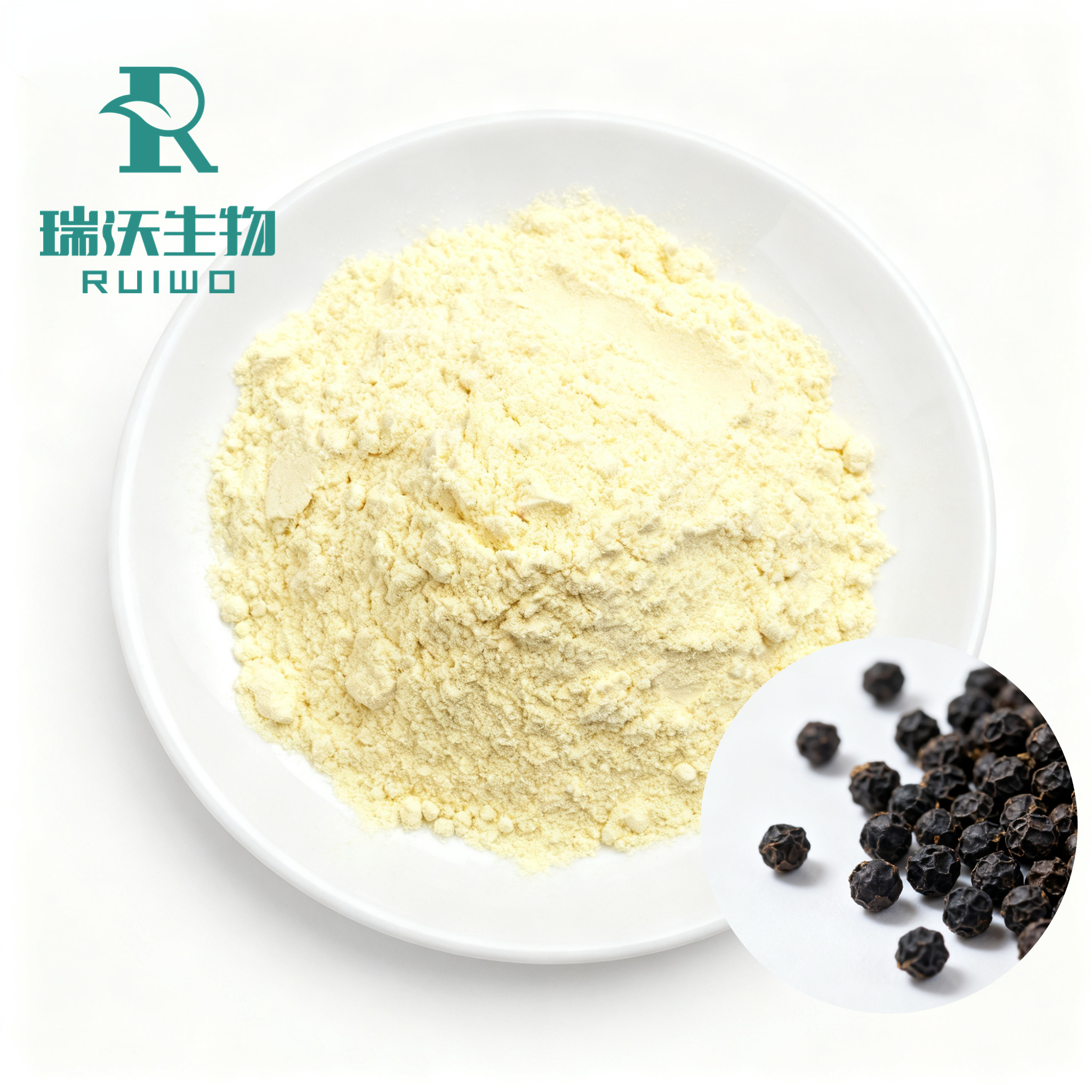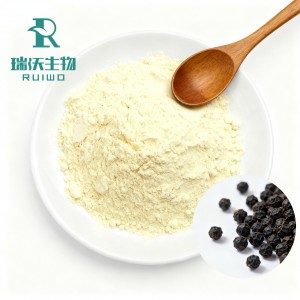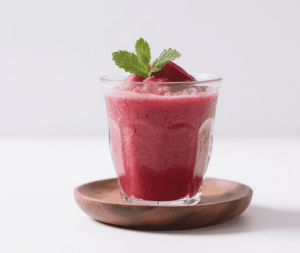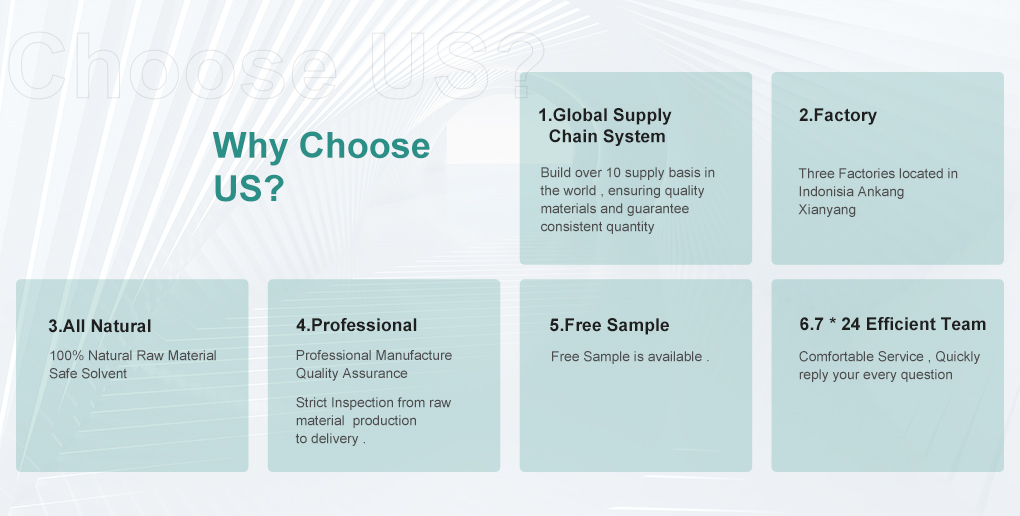In the ever-growing nutraceutical and functional ingredient market, piperine powder—the key alkaloid from Piper nigrum (black pepper)—has earned global attention for its remarkable ability to enhance bioavailability and support a range of health benefits.
As consumers increasingly turn toward plant-derived ingredients, piperine has become an essential additive in supplement formulations, food innovations, and even cosmetics. For B2B buyers, understanding the science, sourcing standards, and market trends behind piperine powder can unlock major opportunities for product differentiation and growth.
What exactly is piperine powder, and where does it come from?

Piperine powder is a natural alkaloid extracted from black pepper (Piper nigrum), the world’s most widely used spice. It is the main compound responsible for the pungency of black pepper. Through advanced extraction and purification processes, the piperine content can reach 95% or higher, resulting in a concentrated powder widely used in the nutraceutical, food, and pharmaceutical industries.
Unlike raw black pepper, purified piperine powder has a more stable structure and standardized quality, allowing manufacturers to use it as an active ingredient in formulations that demand high consistency and bioactivity. The growing popularity of natural and plant-based ingredients has made piperine powder an increasingly important raw material for companies developing functional supplements and health products.
What are the main benefits of piperine for the human body?
Piperine’s fame in the health industry primarily comes from its ability to enhance nutrient bioavailability. It can significantly increase the absorption of vitamins, minerals, and especially curcumin—the active compound in turmeric—by inhibiting certain enzymes responsible for metabolizing these nutrients too quickly.
Beyond this, piperine has demonstrated antioxidant and anti-inflammatory properties, which help protect cells from oxidative stress. It also supports digestion by stimulating digestive enzymes in the pancreas and intestines. Recent studies have even suggested potential benefits for metabolism regulation and cognitive support, positioning piperine as a “booster ingredient” in many dietary supplements.

What industries or products commonly use piperine powder?

Piperine powder’s versatility makes it suitable for multiple sectors. In the nutraceutical industry, it is widely used in capsules, tablets, and functional beverages. In food manufacturing, it serves as a flavor enhancer or functional additive in spice blends and fortified foods. The cosmetic and skincare industry also uses it for its antioxidant and anti-aging potential.
Pharmaceutical companies employ piperine to improve the efficacy of certain drugs, while animal nutrition manufacturers explore its use to promote better nutrient absorption in feed formulations. Its wide applicability continues to grow as more industries recognize the value of natural bioenhancers.
How do manufacturers ensure the quality and purity of piperine powder?
High-quality piperine powder is produced using solvent extraction followed by recrystallization or supercritical CO₂ extraction, ensuring high purity levels and minimal contamination. Each batch typically undergoes rigorous testing for piperine content, moisture, heavy metals, microbial contamination, and solvent residues.
Reputable suppliers will provide Certificates of Analysis (COA) and third-party testing reports to guarantee compliance with international standards like USP, EP, and GB. B2B buyers should always prioritize sourcing from manufacturers with GMP-certified facilities and traceable raw material origins to maintain consistent product quality.
Can piperine powder be used in cosmetics or personal care products?

Yes, piperine is increasingly used in the cosmetic industry for its antioxidant and skin-conditioning properties. Studies suggest it may help reduce oxidative damage caused by UV exposure and improve skin tone by promoting better nutrient delivery to skin cells.
In topical formulations, piperine can enhance the penetration of active ingredients, making creams, serums, and masks more effective. Cosmetic brands pursuing natural and plant-based formulas often consider piperine an innovative addition that enhances both efficacy and brand appeal.
What are the global market trends for piperine powder?

The global demand for piperine powder has been steadily rising, especially in the nutraceutical and functional food sectors. The increasing popularity of turmeric-based supplements and the shift toward natural absorption enhancers have driven strong growth. According to recent market analyses, Asia-Pacific and North America remain the largest markets, with Europe showing accelerating demand in clean-label and vegan product lines.
Moreover, the continuous discovery of piperine’s synergistic effects with other botanical compounds suggests that the ingredient will remain an essential player in the natural health product market for years to come.
How can businesses integrate piperine into new product development?

For product developers, piperine offers a simple yet powerful way to upgrade formulations. Adding a small amount of piperine to multivitamin, herbal, or functional formulations can significantly improve bioavailability and differentiation in a competitive market.
In beverages or food products, microencapsulated piperine can mask its pungent flavor while preserving its functional benefits. Innovative brands are also exploring piperine-infused energy drinks, gummies, and skin-nutrition blends. By combining science with creativity, companies can harness piperine’s potential to meet consumers’ growing demand for natural performance-enhancing ingredients.
- Reference
- Cho, S., et al. (2025). Stability, bioavailability, and cellular antioxidant activity of piperine: Challenges and improvement strategies. Food Science and Biotechnology.
Tripathi, D., Gupta, V. K., Pandey, P., et al. (2025). Metabolic insights into drug absorption: Unveiling piperine’s transformative bioenhancing potential. Pharmaceutical Research.
Kumar, G., et al. (2025). Unlocking the full potential of piperine-loaded nanocarriers: strategies to enhance solubility, stability and absorption. Journal / Review.
Ghasemi, M., et al. (2025). Piperine and its nanoformulations: A mechanistic review of formulation advances and biological activity. Journal / Review.
Nouri-Vaskeh, M., et al. (2024). The impact of piperine supplementation on metabolic conditions in patients with NAFLD: a randomized trial. Scientific Reports.
Cho, H.-K., Park, C.-G., & Lim, H.-B. (2024). Construction of a synergy combination model for turmeric and piperine extracts: Enhanced anticancer activity in lung cancer cell lines. Current Issues in Molecular Biology, 46(6), 5551–5560.
About Ruiwo:


contact us:
Address:Room 703, Ketai Building, No. 808, Cuihua South Road, Xi’an, Shaanxi, China
E-mail: info@ruiwophytochem.com
Phone: 008613484919413 0086-29-89860070
Hours: Monday-Friday: 9am to 6pm
Post time: Oct-09-2025



